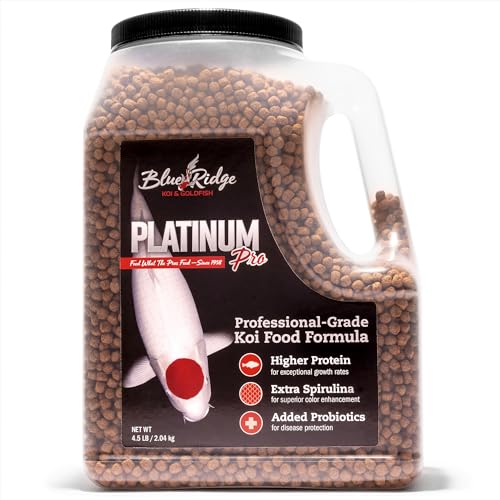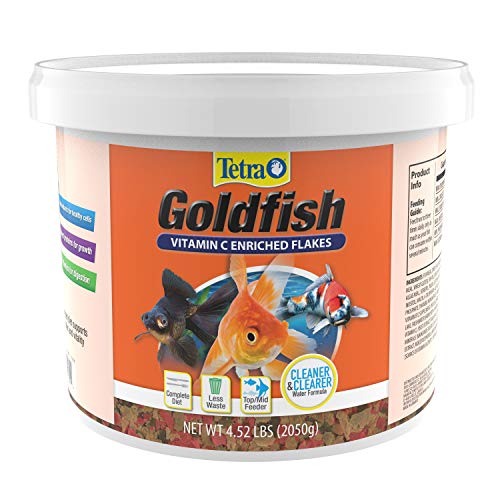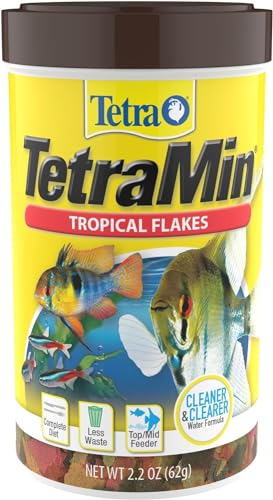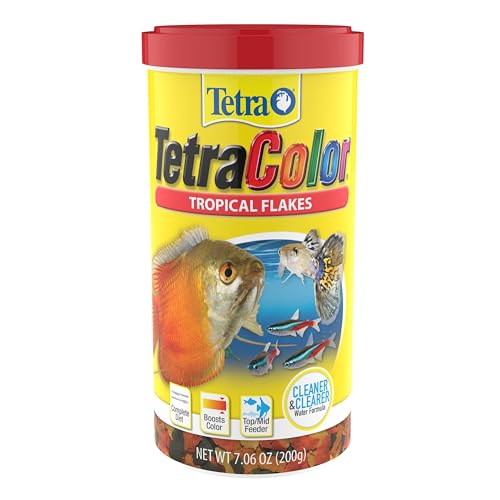Setting Up Your Home Aquarium: Everything You Need to Know
Starting a home aquarium can be a rewarding experience, providing a peaceful, living showcase in your home. However, to ensure the health and happiness of your aquatic friends, there are several essentials you'll need to gather. Here's a comprehensive guide to setting up your very own aquatic wonderland, optimized for both functionality and Google search visibility.
1. Aquarium Tank: The foundation of your aquatic ecosystem is the tank itself. Choose the size based on the type and number of fish you plan to keep. A general rule of thumb is at least one gallon per inch of fish, excluding the tail. For beginners, a 10 to 20-gallon tank is recommended to balance ease of maintenance with a good environment for fish. Ensure the tank is made from high-quality, durable glass or acrylic, with a secure lid to prevent fish from jumping out.
2. Filtration System: Water quality is paramount for a thriving aquarium. An effective filtration system is crucial. There are three main types: mechanical, chemical, and biological. Mechanical filters catch debris, chemical filters remove toxins, and biological filters cultivate beneficial bacteria. A power filter with a bio-wheel system is highly recommended for its efficiency in all three areas. Make sure the filter's flow rate matches your tank's volume; it should ideally cycle your tank's water volume four to five times per hour.
3. Heater: Most tropical fish require a stable temperature between 74-77°F. An adjustable heater will help maintain this temperature, especially in colder environments. Always match the heater's wattage to your tank size to avoid overheating.
4. Lighting: Proper lighting is essential not just for visibility but also for the health of live plants and the natural behavior of fish. LED lights are popular due to their energy efficiency and spectrum customization for plant growth or coral health in saltwater setups.
5. Substrate: The bottom layer of your aquarium, often gravel or sand, serves both aesthetic and functional purposes. Gravel is great for anchoring plants and providing a medium for beneficial bacteria. Use about 1 pound of substrate per gallon of water. Rinse thoroughly to prevent cloudiness.
6. Water Conditioner: Tap water often contains chlorine, chloramine, and heavy metals, which can harm fish. A good water conditioner will neutralize these toxins, making the water safe for your aquatic inhabitants. Use it with every water change.
7. Aquarium Decorations: From rocks and driftwood to artificial or live plants, decorations provide hiding spots and mimic natural habitats. They also help in reducing stress in fish. Be mindful of sharp edges that could hurt fish.
8. Aquarium Test Kit: Regular testing of water parameters like pH, ammonia, nitrite, and nitrate is crucial. An aquarium test kit will help you monitor these levels, ensuring your fish live in a safe environment.
9. Fish Net and Cleaning Tools: A quality fish net is essential for moving fish or catching debris. Also, invest in an algae scraper or magnet cleaner for glass maintenance, and a siphon for water changes and substrate cleaning.
10. Fish Food: Different fish have different dietary needs. Stock a variety of foods - flakes, pellets, and live/frozen foods to ensure a balanced diet for your fish.
11. Reference Books: For both newbies and seasoned aquarists, a good fish-keeping book can provide invaluable insights into fish behavior, breeding, and troubleshooting common issues.
Setting up your aquarium with these essentials will not only make your aquatic pets thrive but also enhance your home's aesthetic. Remember, patience and research are key to a successful aquarium. Happy fish-keeping!
For more detailed insights on maintaining your aquarium, consider reviewing specialized content on aquarium care.



